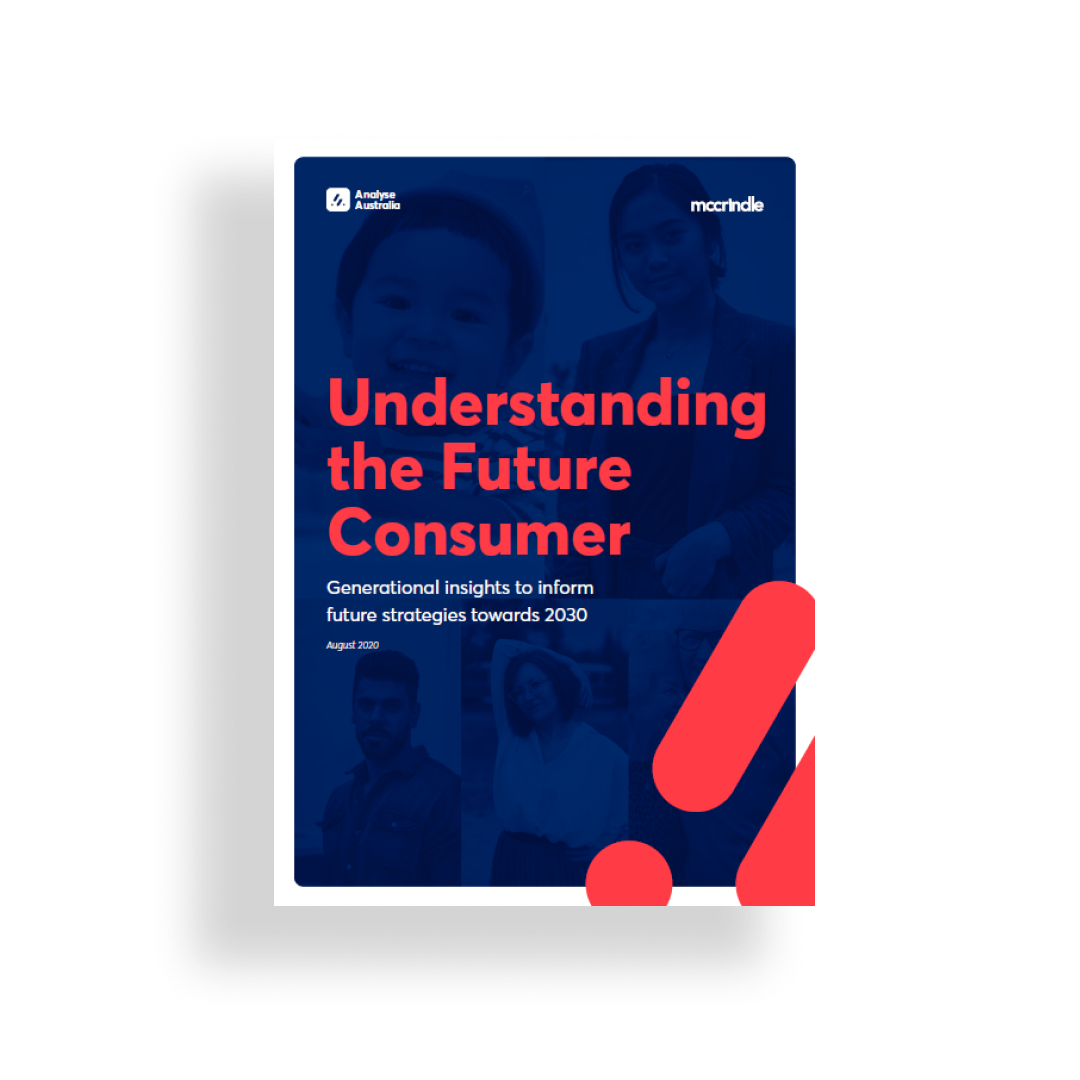ARTICLE
Finding gold mines of data – for free

An understanding of consumers is necessary for any form of business strategy. Whether it is writing a business case to raise funds, understanding where growth areas are for expansion or developing marketing personas to tailor a marketing campaign – the demographics of your current and future consumers are key.
At McCrindle, we have worked with numerous businesses, schools and preschools over the years to build demographic cases to inform their various initiatives. The way we suggest businesses approach defining their consumer is through understanding what is in their internal data and supporting it with external data.
Does your internal data support the external?
Knowledge of your customer insights can be obtained through many ways. It may be as simple as being on the front line and having conversations with your clients about their lives or creating an anecdotal representation.
It may also take the form of using a sophisticated CRM that tracks data ranging from communication preference (email, phone etc) to demographic information (age, address, occupation, income etc).
While this information builds a level of understanding, we believe this is only half the picture (or, just your current customers). When combined with external data, it builds a robust picture of your complete market (exploring your potential customers as well).
External data
It is a good idea to find outside sources of data that can be integrated into your analysis. Open data (that is, public data accessible for public consumption) can be used to validate internal data, discover trends and patterns and pinpoint new markets that share similar profiles to your internal data.
Here are some ideas on what variables could provide clarity to your customers and where to find them:
The Australian Bureau of Statistics (ABS)
Usually the first stop in your external data journey, the ABS houses a variety of data about the Australian population’s behaviours and trends. Here are some of the many products the ABS releases in detail.
The Australian Bureau of Statistics’ Census
Whilst the last one occurred in 2016, the census contains the most comprehensive datasets of Australians broken down into varying levels of geography (from the State level to capital cities, local government areas or smaller). The ABS is almost a one-stop-shop of consumer profiling, breaking down datasets such as age, education, cultural composition, income, occupation as well as household composition.
Individual Releases
The ABS will also conduct research into a variety of other topics, separated by individual releases. These can be more specific topics (such as business size, dwelling costs and more) and can also have the benefit of running longitudinally.
Other resources that can be used
State population projections
If an objective is to understand population growth in an area, then state planning documents are an excellent resource to understand future growth. The NSW Department of Planning and Environment releases population projections for all local government areas. Other states and territories offer similar services as well.
Other Government datasets
Data.gov.au is the central source of the nation’s open government data. It contains datasets published by federal, state and local governments with over 30,000 datasets and growing.
Industry-specific datasets
Open data published by industry leaders provide a unique level of expertise and perspective offered through reports or papers. Industry specific reports often revolve around topics that the industry they serve may find interest or benefit in.
The challenge
In today’s big data world, open data is more accessible than ever. Building customer profiles can be as simple or comprehensive as you’d like. However, as the scope enlarges, the need for accuracy increases and the complexity of the data sources grows. If you’re ever unsure or stuck, get in touch with us and we can point you in the right direction!






